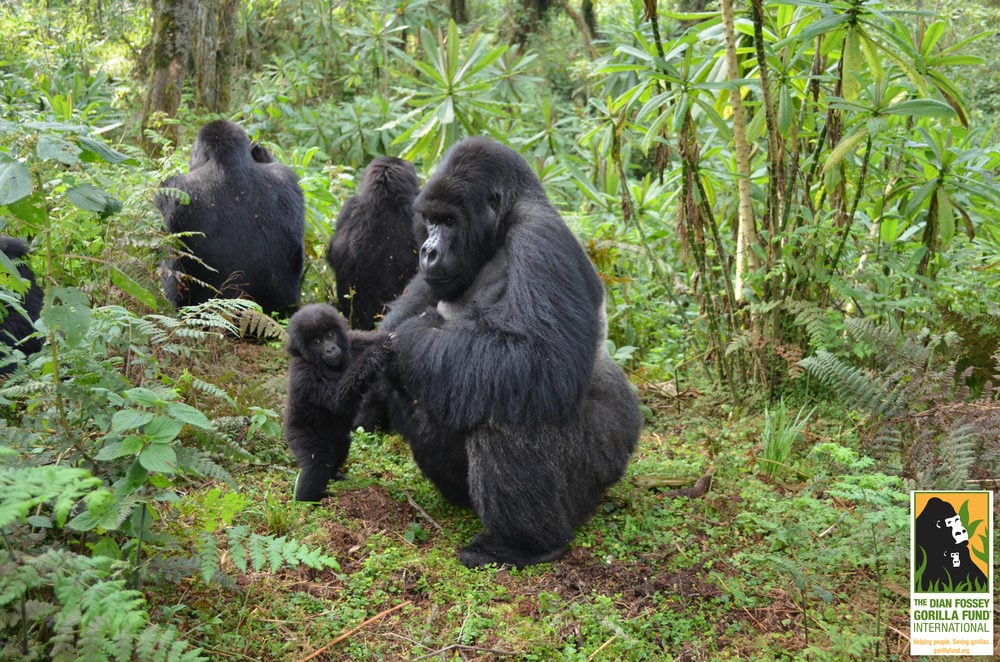Journal Article
Nathan Thompson is a PhD candidate at Stony Brook University who was awarded a Leakey Foundation research grant in the spring of 2014. He and his team were published in this month’s issue of Nature Communications, and he has been kind enough to provide us a brief summary of the article.
Compared to our great ape relatives, humans possess a long and flexible trunk (the part of the body that includes the ribcage, belly, and pelvis). Chimpanzees (as well as other great apes) have a trunk that is typically described as being rigid and block like. The chimpanzee trunk is presumably adapted for a life of tree-climbing, but probably not so great for bipedal walking. This is because during bipedal walking in humans, the ribcage and arms rotate in one direction, while the legs and pelvis move in the opposite direction. You can see this as your arms and legs move in opposite directions when you walk. These opposite rotations are beneficial because they help to conserve a physical quantity called ‘angular momentum’. The angular momentum of the upper body cancels out the angular momentum of the lower body. In humans, this helps to reduce work, and saves energy during locomotion.
 But how far back this ability extends into our family tree is a mystery. Though likely present by the time of Homo erectus, early hominins like Lucy (Australopithecus afarensis) display similarities in their ribcage and pelvis to chimpanzees, which suggests they may have possessed an ape-like rigid trunk. A rigid trunk would mean no opposite rotations between the ribcage and pelvis, and would have potentially limited bipedal performance in australopithecines.
But how far back this ability extends into our family tree is a mystery. Though likely present by the time of Homo erectus, early hominins like Lucy (Australopithecus afarensis) display similarities in their ribcage and pelvis to chimpanzees, which suggests they may have possessed an ape-like rigid trunk. A rigid trunk would mean no opposite rotations between the ribcage and pelvis, and would have potentially limited bipedal performance in australopithecines.
Using a high-speed motion tracking system, we tracked how the trunk of chimpanzees and humans actually moves during bipedal locomotion. To our surprise, we actually found the same amount of motion between the pelvis and ribcage in chimpanzees as in humans. This means that chimpanzee trunks are not actually that rigid. Thus, the ability to move the rib cage to counter the pelvis is present in chimpanzees, and was likely already present in early hominins.
The real difference between the two species was in how much they rotated their pelvis. Chimpanzees rotate their pelvis so much that they can’t use their upper body to cancel out angular momentum of their lower body, unlike modern humans. Large pelvic rotations during bipedalism seem to be the primitive condition for non-human primates, so only when human ancestors were able to reduce hip rotation, would they have been able to utilize their upper body to balance angular momentum, and increase walking efficiency. We found that if Lucy were able to reduce her hip rotations to within 150% of the modern human level, she would have been able to rotate her trunk in a human-like way. This would have potentially allowed our early hominin ancestors to decrease work and increase efficiency during bipedal locomotion.

Currently, we are examining what other effects a chimpanzee-like trunk might have on whole-body mechanics of bipedal locomotion. The fact that the basic dichotomy of ‘rigid chimp-like’ and ‘non-rigid human-like’ trunk morphologies don’t hold up, shows us that we have a lot to learn about how our closest relatives actually move.
You may read the full article in Nature Communications by clicking here.

